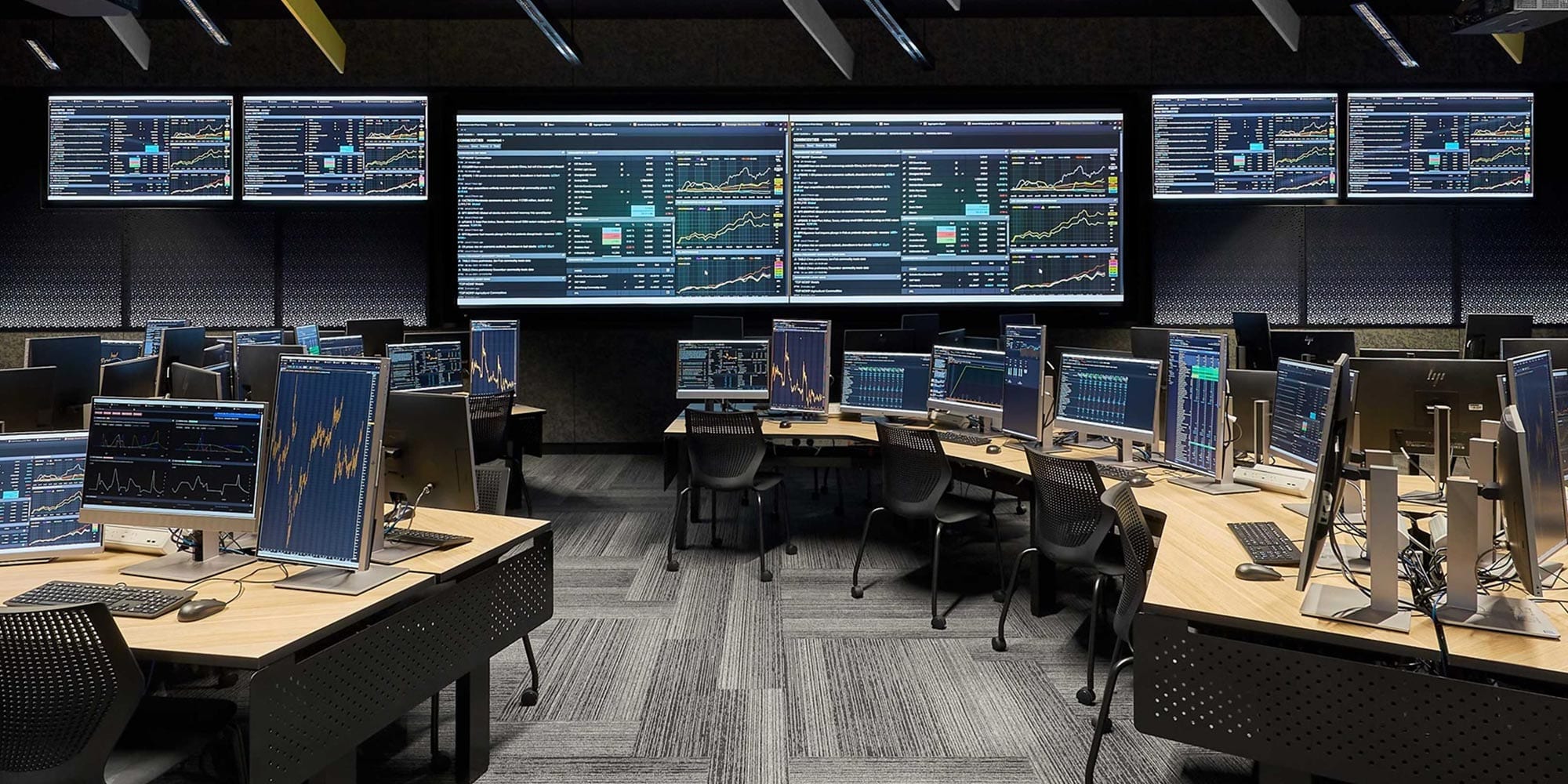
prop trading firms, or proprietary trading firms, have undergone a significant transformation over the past decade. Once defined by traders in physical office spaces making high-stakes market decisions, today’s prop trading landscape has evolved into a tech-driven, adaptive ecosystem. Let’s explore the key changes that have shaped these firms over the last ten years.
The Rise of Technology in Trading
The most notable shift in prop trading over the past decade has been the aggressive adoption of technology. Algorithms now dominate the trading floor. According to recent industry statistics, algorithmic trading accounts for nearly 60-70% of total equity trading in major markets—a significant rise from just 30-40% ten years ago. Automation and advanced algorithms have allowed traders to execute strategies across multiple markets simultaneously, eliminating the emotional biases of human decision-making.
Firms increasingly leverage machine learning and artificial intelligence (AI) to analyze vast amounts of data in real-time. By integrating predictive modeling and AI, prop trading firms can identify patterns and opportunities that were previously invisible to human traders. This tech-driven approach has made the industry far more efficient in terms of both speed and accuracy.
Democratization and Remote Trading
Another major evolution is the democratization of prop trading. The traditional image of a prop trader being confined to a physical office no longer holds. Over the last decade, remote trading and online collaboration tools have become the norm. This evolution was further accelerated post-2020 as trading firms adapted to a global workforce operating from decentralized locations.
Additionally, the rise of trading education platforms has lowered the barrier of entry for aspiring traders. Firms now scout talent globally, focusing on skills over geographical location. This shift not only diversifies the talent pool but also aligns prop trading more closely with global market hours.
Changing Market Dynamics
Finally, the overall trading environment and global market dynamics have significantly influenced prop trading in the last decade. The emergence of cryptocurrencies, for instance, has introduced a new asset class that prop firms could profit from. The global crypto market, which didn’t exist at scale a decade ago, is now valued at over $1 trillion. This diversification has broadened the scope of opportunities for traders and firms alike.
What’s Next for Prop Trading Firms?
The next chapter of prop trading is likely to continue building upon technological advancements. However, as competition heats up, staying ahead will require a balance of human expertise and machine precision. The rise of decentralized finance (DeFi), regulatory adjustments, and further globalization will also shape the coming years.
Do not go where the path may lead; go instead where there is no path and leave a trail.
The Evolution of Prop Trading Firms Over the Last Decade
Back To Top
